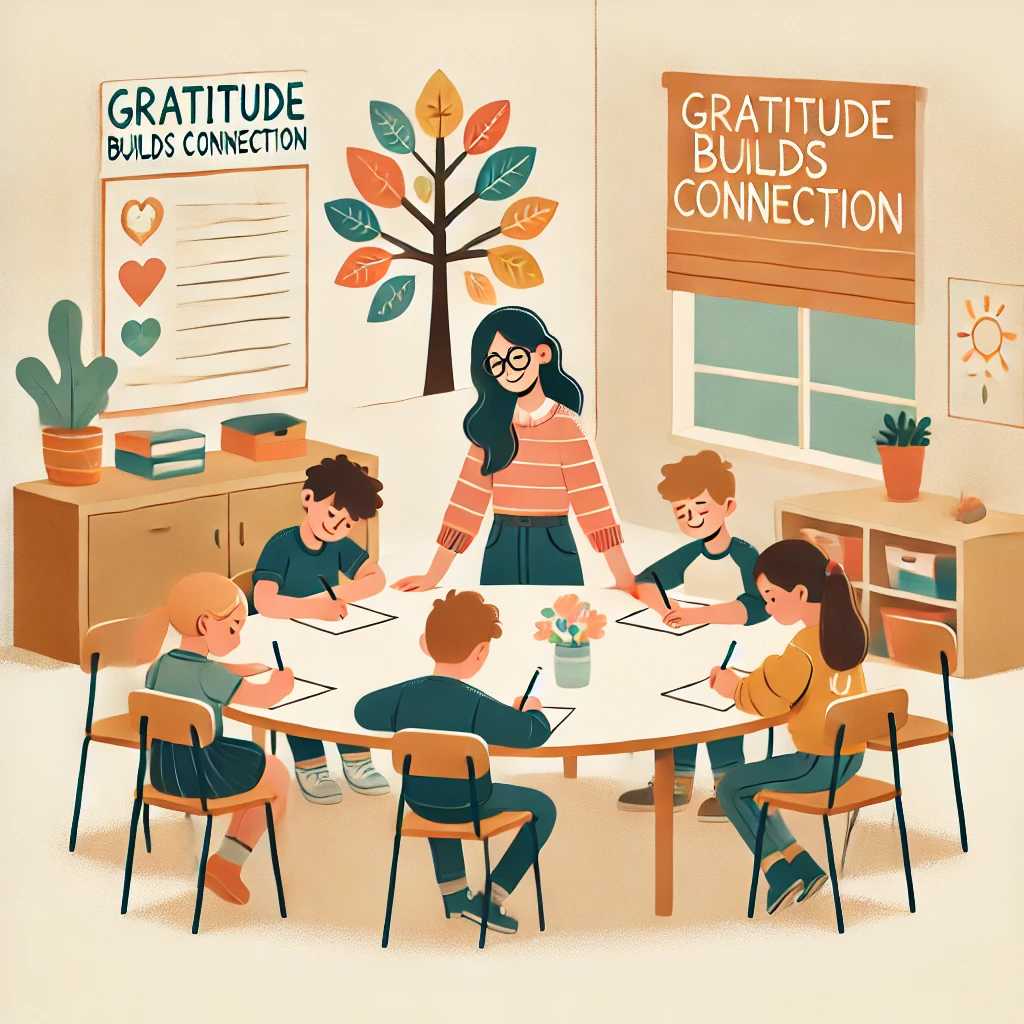
In today’s digital age, where students often find themselves engaged in online learning, fostering social-emotional learning (SEL) has never been more important. One powerful and accessible way to promote SEL among children and students is through the practice of expressing gratitude through writing.
Gratitude is a profound emotion that not only brings joy to those who express it but also strengthens relationships and contributes to overall well-being. By incorporating gratitude writing exercises into online learning environments, educators can nurture students’ emotional intelligence and help them develop essential life skills.
The Power of Gratitude
Gratitude is the practice of acknowledging and appreciating the positive aspects of life, no matter how small or seemingly insignificant. This simple act of recognizing the good can have a profound impact on an individual’s mental and emotional state. For students, it can enhance their emotional well-being, boost self-esteem, and improve their relationships with peers and educators.
Here are some key benefits of incorporating gratitude into online education:
- Fostering Positive Relationships: Gratitude writing prompts can encourage students to express appreciation for their classmates, teachers, and family members. These expressions of gratitude can strengthen bonds and create a sense of community in the virtual classroom.
- Emotional Regulation: Gratitude writing provides an outlet for students to process their emotions and develop emotional regulation skills. By focusing on positive aspects of their lives, they can better manage stress and anxiety associated with online learning challenges.
- Improved Self-Reflection: Regular gratitude exercises encourage self-reflection. Students can gain a deeper understanding of their own values and priorities, leading to increased self-awareness and personal growth.
- Enhanced Empathy: Writing gratitude letters or notes encourages students to consider the perspectives and feelings of others. This empathetic practice contributes to a more compassionate and understanding online learning environment.
- Stress Reduction: Gratitude has been linked to reduced levels of stress and increased feelings of relaxation. Amidst the pressures of online learning, these benefits can be especially valuable for students’ mental health.
Here are some practical ways educators and parents can integrate gratitude writing exercises into the online learning experience:
- Gratitude Journals: Encourage students to maintain gratitude journals. They can take a few minutes each day to write down things they are thankful for, both in their academic journey and personal lives.
- Gratitude Letters: Assign students to write gratitude letters to classmates, teachers, or family members. Encourage them to be specific about what they appreciate and why.
- Group Discussions: Host virtual discussions about the concept of gratitude. Share stories of gratitude and ask students to contribute their own experiences and reflections.
- Mindful Gratitude: Incorporate mindfulness practices into online classes, such as guided gratitude meditations. These sessions can help students develop the habit of being present and appreciating the moment.
- Creative Expression: Allow students to express their gratitude through creative outlets, such as art, music, or poetry. This can provide alternative ways for them to convey their feelings.
Encourage your child to write one thank you note a week during non-school times and once a month when they are in school. Consider all the people in their life they can thank including teachers, maintenance staff, grandparents, siblings, aunts and uncles, and coaches.